The latest cinematic outing by Christopher Nolan visits and portrays one of the most iconic and defining moments in British history; the evacuation of Dunkirk.
Roughly speaking the film follows 3 stories, those of land, sea and air in the forms that you would expect. The men on the beaches, the RAF in the skies and the little boats coming to rescue the men and for the most part this works but some can it is a jarring way of telling the tale as each part takes places in a different time period.
But from the moment the film starts you will be on the edge of your seat as it is unrelenting in its creation of tension, further helped by the immense score of Hans Zimmer that keeps building in the background. And this is a testament to the film making abilities of Nolan that he is able to utterly immerse us in this event to feel the hopelessness and fear of the men that are trapped on the beach.
The film starts with a squad of men walking down the streets of the town of Dunkirk with flyers falling from above, as seen in the trailer, to tell them they are surrounded by the German forces. It is in these opening minutes that the scale of the event is laid out as the men wander onto the beach and we see a beach full of soldiers, all waiting for their moment to be evacuated.
This is when we meet Kenneth Branagh who is the Navy Commander overseeing the entire operational and incidentally the only man in the film to make a light hearted and almost comical line as he corrects a Colonel about the tide timings and whips “that why I’m in the Navy”. Yet this line is both out of place in its tone in this otherwise tense film but that because of the East Mole the tide played no part in the evacuation, as the Mole extended a mile out so ships could pick men up 24/7.
Not long after we have our first German air attack on the beach as you would expect and the perfect lead into the classic myth of “where’s the blood Air Force” as it is commonly thought that the RAF were lacking during this time. But as Nolan shows us, they were there and in this particular case the Spitfires were patrolling above the Ocean picking off fighters or bombers that tried to sink our ships.
This is where the first of several historical inaccuracies come into play though these changes are likely made for the benefit of the cameras and the audience. The first and most obvious of these lies within the aerial combat during the film, as while it is one of the most spectacular display of Spitfire combined with the powerful sound of the Merlin engine, skimming over the waves. Simply put in combat that would never happen as any good pilot will tell you altitude is the advantage so they would be several thousand feet higher than seen in the film. But then the display flying we see in the film must have reloaded Tom Hardy’s gun mid-flight as he fires a lot more ammunition than the 11 seconds worth that a Spitfire would carry.
Yet these changes that make the film better and the shots we see of the dogfights are unbelievable and do help to undo the myth that the RAF was not present. Sadly, the treatment of the Royal Navy was not as eye catchingly beautiful but rather lack luster and perpetuates the myth of the little boats.
During the film we see at most a couple of destroyers, a minesweeper and a hospital ship the rest of the ships being made up by the later appearance of the little boats. While this is the result of the choosing of practical effects over special effects, it does not fairly represent the forces present. As from the Royal Navy’s 202 destroyers of the time, 41 were sent to help evacuate men from the beaches and they are the ships mostly responsible for evacuation the men, each being able to carry 700/750 men.
Yet the film leaves the distinct impression that the little ships were responsible for this when in fact they accounted for a total of 5% of the men evacuated. As they were used for getting in close to the beach and ferry men to larger ships that could not go into the shallower water but still most men were picked up from the East Mole where multiple ships could be docked at a time.
All this being said Nolan does achieve many other triumphs in making the film as realistic as possible for true immersion, the sound of jericho horns as JU-86 Stuka Dive Bombers dive down onto the beaches, the sight of men cracking under the pressure and wading into the sea to attempt to swim home or the brutality of the event with bodies washing back onto the beach.
He creates an unrelenting depiction of the event that may perpetuate the myth of the little boats and sorely misrepresent the Royal Navy. But he does it to create a film that truly represent what has come to be known as the Dunkirk spirit and it is a film that will live on for many years after it has left the cinema to be held alongside Saving Private Ryan as an all time classic war film.
If you can go and see it, do so as it is not a film to be missed. If you can see it in IMAX do so as Nolan used IMAX cameras to film it and that really enhances the experience you will have, as this film is an experience.
By Duncan Cushenan & Alexander Prins


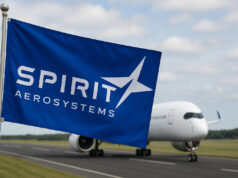

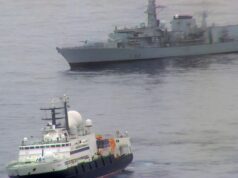
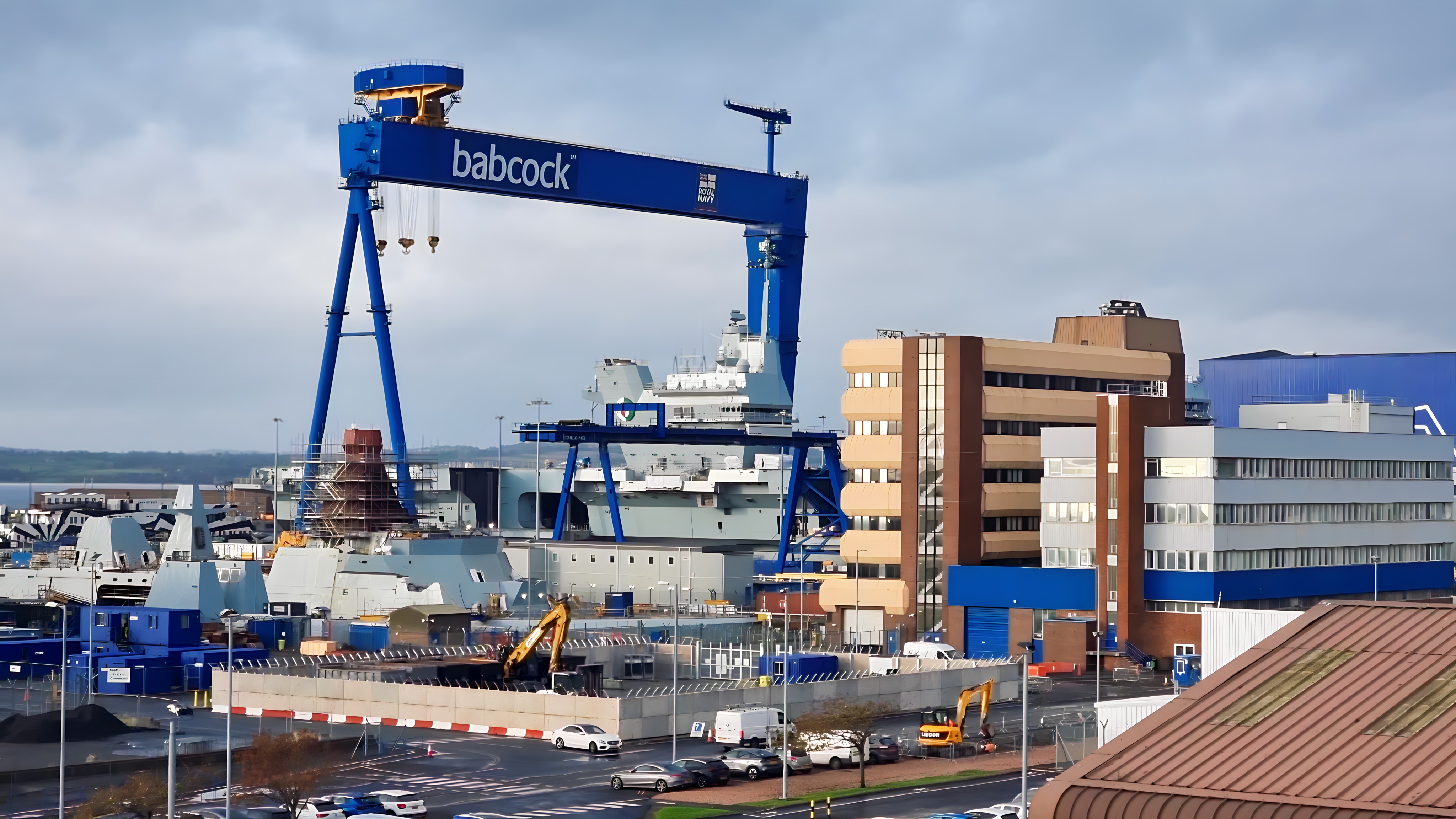
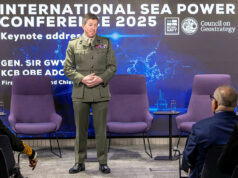
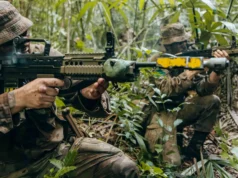

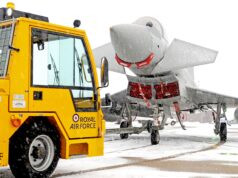
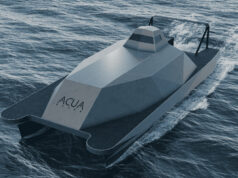


looking forward to it. I remember the two part drama documentary the BBC did in 2004 as being excellent.
Ju86 stuka dive bomber?
Someone needs to check there facts.
I’m not sure about the little ships only accounting for only 5% as 98,780 men were evacuated from the beaches (HS/TSD figures quoted in ‘Dunkirk – Fight to The Last Man’) which those boats would have played a major part in. That would be nearly 30% so I’d be interested where the writer got that figure from.
Yes – Ju 87. This is a rather disappointing review. The film is wonderful; it is largely representative of what happened. My daughter and I went to see it and neither could speak for a few minutes afterwards because we were so moved by the bravery and sacrifice portrayed on the screen. You might think about going to see it and judging for yourself.
The “Stuka” was the Ju87 dive bomber, not Ju86 high altitude bomber.
Very Poor review of what is a moving and fantastic tribute
I thought it was a very good film, only slightly let down by not seeing any of the very important fighting on the perimeter, that hugely important part of the Dunkirk story goes completely untold (odd) and the slightly silly “boys own” Tom Hardy RAF character, who manages to shoot down everything in sight with an apparently infinite quantity of .303 and keep his Spitfire aloft at low level with a dead engine for ages while shooting down a Stuka!
Dunkirk has modern echoes with the UKs attempts to leave the corrupt EU. Who knew over 60 years later that it would still be bloody hard to get out of Europe?
Dunkirk was a miracle of deliverance that paved the way for our eventual victory. Lets hope for the same again.
EU needs to remember the high cost in lives lost, sacrifice and dedication from the UK population to free Europe from tyrany. Will they remember their history? Doubt it, EU just wants uk money to prop it up.